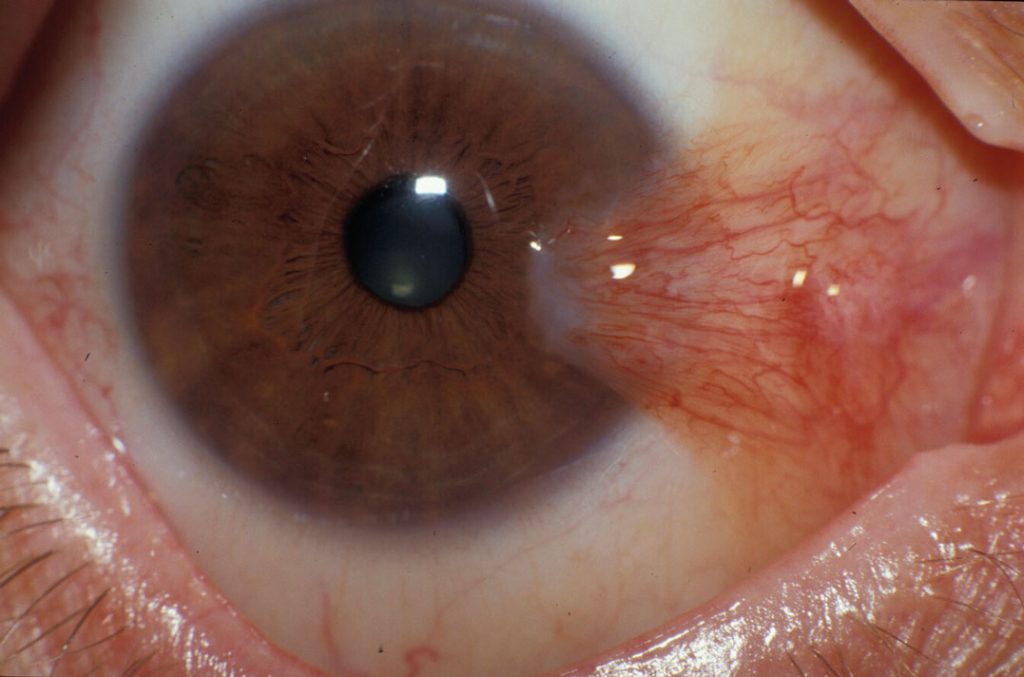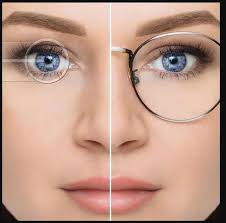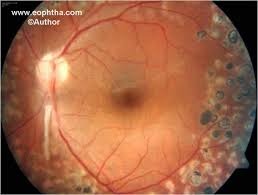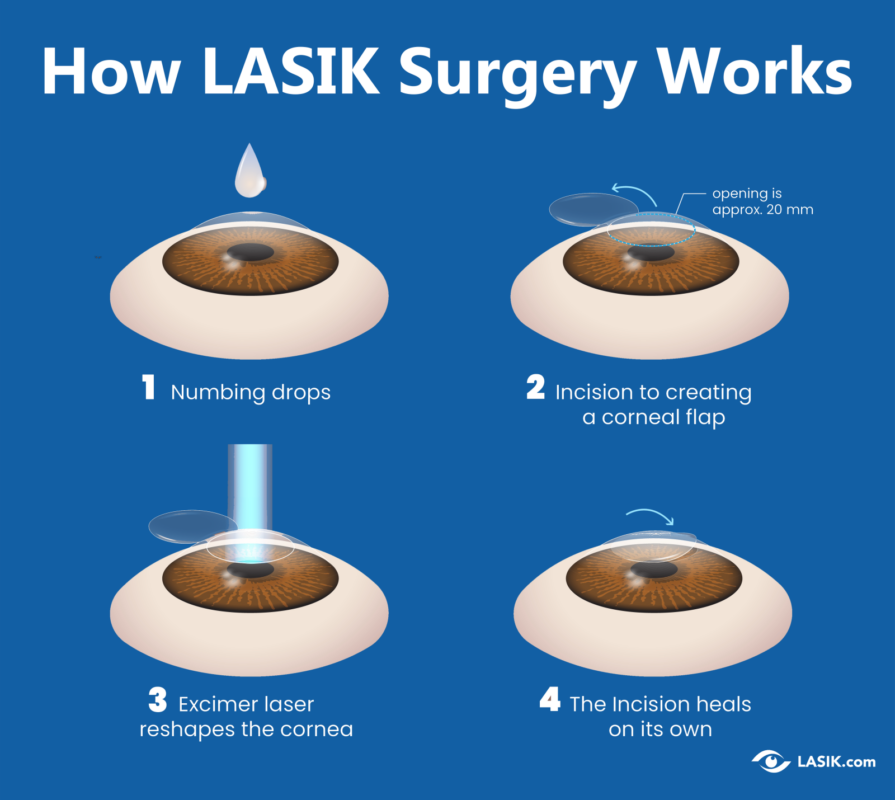Introduction:
Pterygium, often referred to as surfer’s eye, is a growth of pink, fleshy tissue on the conjunctiva, the clear tissue that lines the eyelids and covers the white part of the eye (sclera). INFLAMMED PTERYGIUM occurs when this growth becomes irritated and swollen, leading to discomfort and potential complications if left untreated.

Causes of Inflamed Pterygium:
Researchers believe that prolonged exposure to ultraviolet (UV) light, dry eye, dust, wind, and other environmental factors contribute to the development of pterygium, although the exact cause remains not fully understood.Moreover, environmental factors such as prolonged exposure to ultraviolet radiation and irritants can lead to inflammation and irritation of the conjunctiva, resulting in the development of pterygium.
Symptoms of Inflamed Pterygium:
- Redness and inflammation of the affected eye
- Itching or burning sensation
- Blurred vision
- Foreign body sensation (feeling like there’s something in the eye)
- Dryness or grittiness
- Increased tearing
Diagnosis:
Diagnosing inflamed pterygium typically involves a comprehensive eye examination by an ophthalmologist. During this examination, the doctor will evaluate the appearance of the growth and assess its impact on vision.
Additionally, they may perform further tests to rule out other eye conditions.
Treatment:
- Topical Medications: To address inflammation and alleviate discomfort associated with inflamed pterygium, anti-inflammatory eye drops or ointments may be prescribed. These medications can effectively reduce inflammation, providing relief from symptoms.
- Artificial Tears: Additionally, lubricating eye drops can help relieve dryness and irritation associated with inflamed pterygium.
- Steroid Injections: In severe cases of inflammation, steroid injections may be administered to reduce swelling and redness.
- Additionally, if the pterygium is causing significant discomfort or vision problems, surgical removal may be necessary.Inflamed pterygium During this procedure, the abnormal tissue is excised, and the area is typically covered with a graft of healthy tissue to prevent recurrence.
Prevention:
- Wear Sunglasses: Protecting the eyes from UV light exposure by wearing sunglasses with UV protection can help prevent pterygium.
- Use Eye Protection: When working in dusty or windy environments, wearing goggles or other forms of eye protection can shield the eyes from irritation.
- Keep Eyes Lubricated: To manage an inflamed pterygium, artificial tears or lubricating eye drops can help maintain moisture in the eyes. Consequently, this reduces the risk of dryness and irritation.
Conclusion:
Inflamed pterygium is a condition that can cause discomfort and affect vision if left untreated. By understanding the causes, symptoms, and available treatment options, individuals can take proactive steps to protect their eye health. Moreover, they can seek appropriate care if they experience any concerning symptoms.












